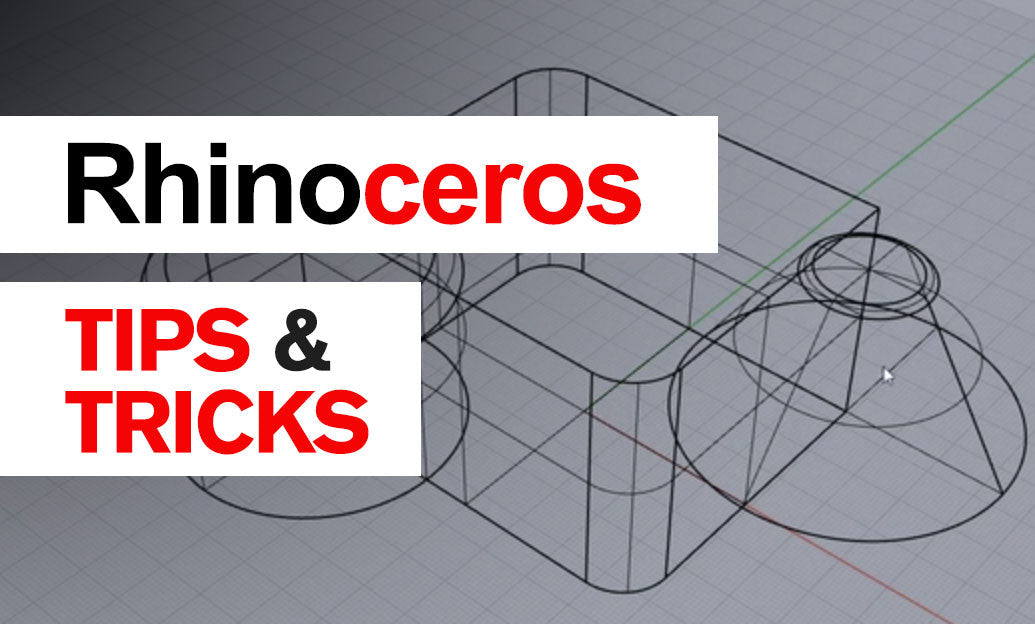Your Cart is Empty
Customer Testimonials
-
"Great customer service. The folks at Novedge were super helpful in navigating a somewhat complicated order including software upgrades and serial numbers in various stages of inactivity. They were friendly and helpful throughout the process.."
Ruben Ruckmark
"Quick & very helpful. We have been using Novedge for years and are very happy with their quick service when we need to make a purchase and excellent support resolving any issues."
Will Woodson
"Scott is the best. He reminds me about subscriptions dates, guides me in the correct direction for updates. He always responds promptly to me. He is literally the reason I continue to work with Novedge and will do so in the future."
Edward Mchugh
"Calvin Lok is “the man”. After my purchase of Sketchup 2021, he called me and provided step-by-step instructions to ease me through difficulties I was having with the setup of my new software."
Mike Borzage
V-Ray Tip: Maximize Workflow Efficiency with V-Ray Render History for Iteration Comparison
November 11, 2024 2 min read

In the world of 3D rendering, iteration is a crucial part of achieving the perfect visual output. One of the often overlooked yet powerful features in V-Ray is the Render History, a tool that can significantly enhance your workflow by allowing you to compare render iterations effortlessly. Below are some practical tips to effectively use V-Ray's Render History for iteration comparison:
- Accessing Render History: To start using this feature, navigate to the V-Ray Frame Buffer (VFB). In the VFB, you'll find the Render History button, which opens up the history panel. This tool keeps a record of your render outputs, making it easy to revisit previous versions.
- Setting Up Render History: Before you dive into using Render History, ensure it's correctly set up. You can configure settings such as the save path, format, and maximum number of saved images. This can be done in the V-Ray settings under the Render History panel.
- Comparing Renders: Once you have multiple renders saved, comparison becomes straightforward. Select an image from your history and view it alongside your current render. V-Ray allows you to use the A/B comparison tool, where you can directly overlay two images and slide between them to spot differences.
- Utilizing Annotations: Make use of the annotation features to add notes directly onto your render history images. This can be particularly useful for team collaborations or when revisiting your work at a later time. Annotating helps in keeping track of changes or specific areas that require adjustments.
- Memory Management: Keep an eye on the render history storage settings. As renders can be high in resolution, they consume significant disk space. Regularly cleaning up or archiving old iterations will ensure that you maintain an efficient workflow without unnecessary storage issues.
- Integration with Other Tools: When working with complex scenes, consider integrating V-Ray's Render History with other tools like V-Ray's Light Mix or Render Elements for a comprehensive review of lighting and compositional changes. This integration can streamline the decision-making process.
By incorporating V-Ray's Render History into your workflow, you not only save time but also improve the precision of your visual outputs. Whether you're working alone or in a team, leveraging this feature allows you to make informed decisions by reviewing prior render iterations in detail.
Don't forget to explore more about V-Ray and stay updated with the latest tips and tricks by following us at NOVEDGE.
You can find all the V-Ray products on the NOVEDGE web site at this page.
Also in Design News

Rhino 3D Tip: Understanding Surface and Solid Modeling in Rhino for Enhanced Workflow Efficiency
August 30, 2025 3 min read
Read More
Unlocking Advanced Animation Techniques: Five Studio-Proven Tricks to Elevate Your 3ds Max Workflow
August 30, 2025 6 min read
Read MoreSubscribe
Sign up to get the latest on sales, new releases and more …



